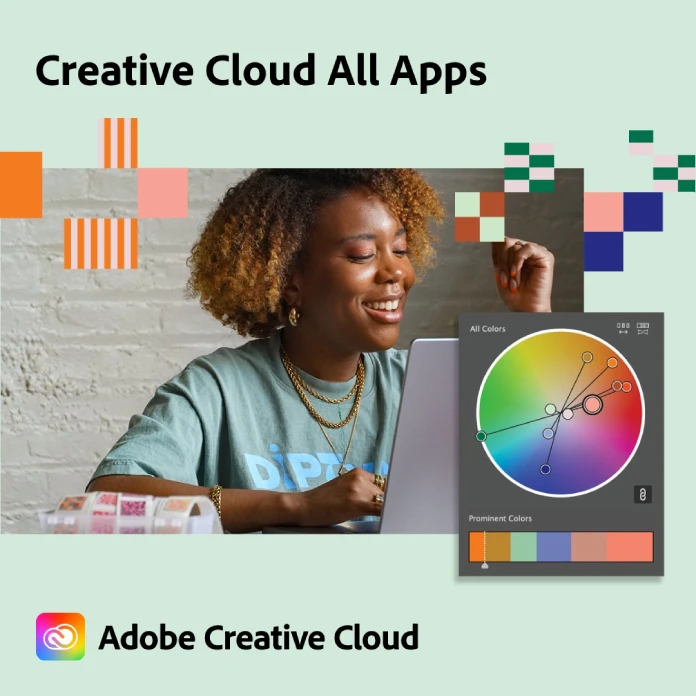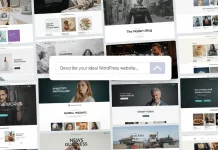Building a website from scratch can be a rewarding but challenging endeavor, especially if you’re a beginner. Fortunately, there are alternatives that make the process easier and faster. In this comprehensive guide, we’ll walk you through the ten steps to create a website from scratch, along with some alternatives that can simplify the process.
Step 1: Define Your Purpose and Goals
Before you dive into the technical aspects, it’s crucial to define your website’s purpose and goals. What do you want to achieve with your site? Who is your target audience? Having a clear vision will guide your design and content decisions.
Step 2: Choose a Domain Name and Hosting
A domain name is your website’s address, and hosting is where your website’s files are stored. Pick a domain name that reflects your site’s purpose and is easy to remember. Hosting options vary, and you can choose from shared, VPS, or dedicated hosting services, depending on your needs and budget.
Step 3: Plan Your Website’s Structure
Outline the structure of your website. Determine the pages and content you’ll need. Common pages include the homepage, about us, services, blog, and contact. A well-thought-out structure will make navigation easy for your visitors.
Step 4: Choose a Website Building Approach
Here’s where the alternatives mentioned in the introduction come into play:
A. WordPress or Squarespace:
- WordPress powers over 40% of all websites, making it a popular choice. It’s highly customizable with thousands of themes and plugins.
- Squarespace is user-friendly and ideal for creative professionals and small businesses. It offers beautiful templates and easy customization options.
B. Website Builders:
- Wix or Shopify are popular website builders. They provide an intuitive interface and a wide range of templates and features. While they are user-friendly, there might be limitations in customization and performance.
C. Pre-Designed Themes for WordPress:
- Thousands of pre-designed themes are available on platforms like ThemeForest. These themes can save you time and effort by providing ready-made designs.
Step 5: Design Your Website
Whether you’re customizing a theme or using a website builder, focus on creating an attractive and user-friendly design. Pay attention to color schemes, fonts, and layout. Ensure that your design aligns with your brand and appeals to your target audience.
Step 6: Add Content
Content is king. Write high-quality, engaging content that provides value to your visitors. Use a clear and concise writing style. Incorporate multimedia elements like images, videos, and infographics to make your content more appealing.
Step 7: Optimize for SEO
Search Engine Optimization (SEO) is crucial for your website’s visibility. Research relevant keywords and incorporate them naturally into your content. Optimize your website’s meta tags, headers, and images for SEO.
Step 8: Test and Optimize
Before launching your website, thoroughly test it on different devices and browsers. Check for broken links, slow-loading pages, and other issues. Optimize your site for speed and performance.
Step 9: Launch Your Website
Once you’re confident that your website is ready, it’s time to launch it. Make sure your domain is connected to your hosting, and double-check all settings.
Step 10: Promote Your Website
Creating a website is just the beginning. To drive traffic and achieve your goals, you’ll need to promote your website. Utilize social media, email marketing, and other online marketing strategies to reach your target audience.
Building a website from scratch can be a fulfilling experience, but it doesn’t have to be overly complex, especially with the alternatives available like WordPress, Squarespace, website builders, and pre-designed themes. Follow these ten steps, and you’ll be well on your way to creating a successful website that meets your goals and engages your audience. Remember, the web is constantly evolving, so stay up-to-date with the latest trends and technologies to ensure your website remains relevant and competitive.
Feel free to browse through the Web Design section on WE AND THE COLOR for more related content.
Subscribe to our newsletter!

















